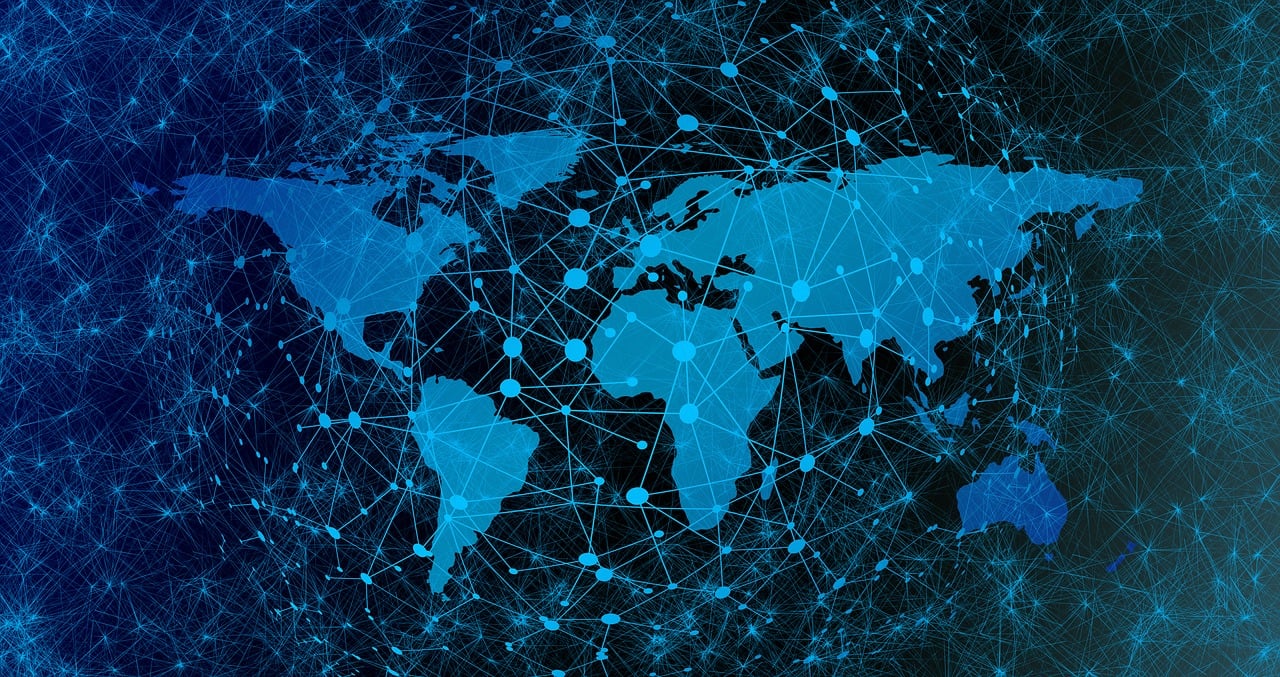Title: The Importance of Properly Managed Communication Cable Impedance
Properly managing communication cable impedance is crucial for the effective and efficient operation of any electronic system. Impedance, which represents the opposition to the flow of current in an electrical circuit, plays a significant role in signal integrity and noise control. In this article, we will explore the importance of managing communication cable impedance and how to achieve it effectively. We will also discuss the consequences of improperly managed impedance, including signal degradation, noise accumulation, and system performance issues. By understanding these concepts, engineers and technicians can ensure that their systems operate at peak performance while maintaining signal quality and reliability.
In today's interconnected world, communication cables play a crucial role in the transmission of data, voice, and video signals. These cables, however, do not operate in isolation but rather as part of a larger system, which includes connectors, cables, and end devices. One of the key factors that ensure efficient and reliable performance of these systems is the concept of impedance.

Impedance is a measure of the opposition to the flow of current in an electrical circuit. In simple terms, it is the combined effect of resistance and reactance in a circuit and is usually expressed in ohms (Ω). When it comes to communication cables, impedance is particularly important because it affects signal quality, noise susceptibility, and the overall performance of the cable.
Management of communication cable impedance is essential for several reasons. Firstly, it ensures that signals are transmitted with minimum distortion or loss. This is because impedance acts as a filter, preventing signals from bleeding into other parts of the system. By managing impedance, engineers can ensure that signals remain isolated and free from interference, resulting in clearer, more reliable data transmission.
Secondly, properly managing impedance can help reduce noise in the system. Noise is any unwanted signal that can interfere with the desired signal. In communication cables, noise can come from various sources, including electromagnetic interference (EMI) and radio frequency interference (RFI). By carefully selecting and arranging cables, engineers can reduce these interference sources, further improving signal quality.
Thirdly, managing impedance is crucial for ensuring the longevity and performance of the cable system. Cables are often subject to wear and tear, especially in high-traffic areas. By carefully selecting cables with the right impedance specifications, engineers can reduce the stress on the system, extending its overall lifespan.

However, managing impedance is not always easy. It requires a deep understanding of the system's requirements and the properties of the cables used. Engineers must also take into account factors such as environmental conditions, cable length, and the types of signals being transmitted.
In conclusion, properly managing communication cable impedance is essential for ensuring the efficient and reliable performance of a system. By considering impedance early on in the design process and throughout its implementation, engineers can create systems that are optimized for performance, noise reduction, and longevity. As we move into an increasingly interconnected world, the need for careful impedance management will only become more critical, ensuring that data is transmitted quickly, securely, and with minimum distortion.
Articles related to the knowledge points of this article:
Title: Huanggang Communication Cable Recycling Station - A Pioneer in Sustainable Waste Management
Principles for Selection of Communication Cables
Is Foshan Communication Cable Good?
Title: Mastering the Art of Utilizing Communication Cable Connectors